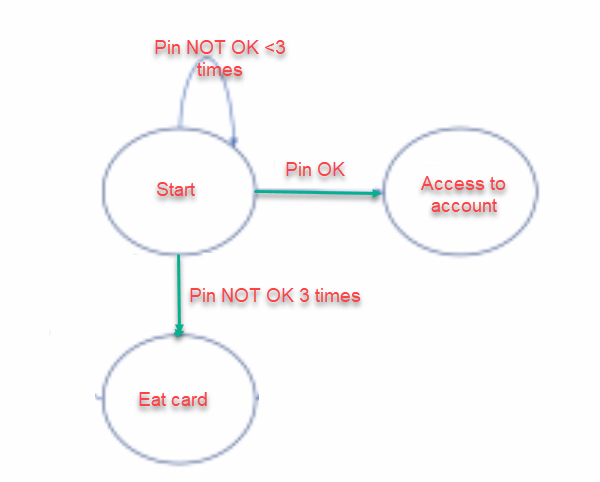1. What is the Black-box testing?
- Black-box testing is the performance of testing the functionality of an application without regard to its internal structure, design or coding.
- The main purpose is to confirm whether the software works in response to the customer’s specification or expectations.
- Usually performed by testers.
- Applicable for stages:
- Unit test
- Integration test
- System test
- Acceptance test
- Regression testing.
2. Black Box test design
2.1 Equivalence partitioning (EP) – Equivalent Partitioning (EP)
- The technique of partitioning inputs and outputs into regions of similar behavior to be treated in the same way
- One value in the active equivalence region -> means that the remaining values in the region will work as well
- When design tests will include all valid and invalid partitions
Example: At a vegetable shopping site. This page only allows you to submit orders when you purchase a minimum of 0.5 kg and a maximum of 25 kg.
From there we can divide into 3 equivalent partitions as follows:

Zone 1: x <0.5 kg
Zone 2: 0.5 kg <= x <= 25 kg
Area 3: x> 25 kg
Since the system only accepts the value “0.5 gram <= x <= 25 kg”, this is called a valid partition. The remaining 2 partitions are invalid.
2.2 Boundary value analysis (BVA) – Marginal value analysis (BVA)
- Boundary: The value at the edge of each equivalent partition
- This value is often not as accurate as the values inside the equivalence range, so it is the place where errors are most common
- Two-point boundary: the maximum and minimum value of the equivalent partition
- Three boundary values: values before, at and immediately above the boundary value
- Design tests should include all valid and invalid boundary values
As in the above example, we have 2 marginal values 0.5 and 25
When referring to an equivalent partition, it will be given priority to pick the middle values to test (eg 0.2, 15, 35) while with “Two-point boundary” it will be the boundary values: 04, 0, 5, 25, 25.1
Similarly three boundary values: 0.4, 0.5, 0.6, 24.9, 25, 25.1
2.3 Decision tables – decision table
- Discover combinations of inputs, outputs, actions: Determines input values, possible actions, and possible output. From there create a table to keep track of possible cases.
- The values for conditions and actions are usually displayed as Boolean (True or False) values.
A simple example for the login form
| Condition | case01 | case02 | case03 | case04 |
|---|---|---|---|---|
| True | True | False | False | |
| Password | True | False | True | False |
| Result | Success | Error | Error | Error |
Combining the true / false conditions of the input will give different results. Corresponding to the possible circumstances.
From there, you can pick the appropriate test case to ensure coverage.
2.4 State transition testing – Test transitions
- Using the state transition graph to see possible software states, passing different Input values produces different state results. From there, have an overview and understand the handling of the system
For example: ATM station allows access to the account when the user enters the wrong pin number not more than 3 times, if more than 3 times, the card will be swallowed.
From the request above we have a state diagram table as shown below
To cover 100% state transition coverage, make sure all state is passed => like this example we have 2 tcs as below:
TC1: Start ==> Access to account
TC2: Start ==> Eat Card

